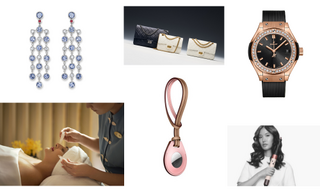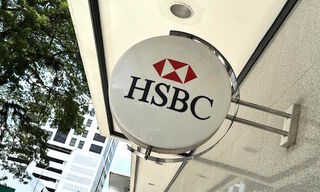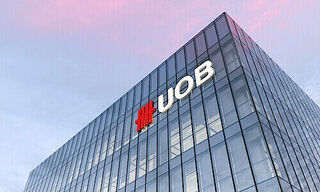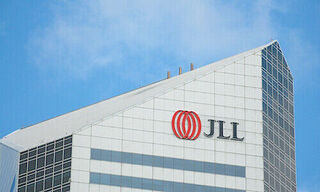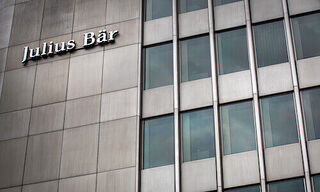One year after launching its art financing offering in Asia, HSBC’s private banking arm has seen increasing client demand and highlighted the ample amount of collateral sitting in Hong Kong-based warehouses.
In 2023, HSBC expanded its lending offering to include art financing in Asia to capitalize on growing opportunities in the region. The bank offers loans equivalent to about 50 percent of the value of an art collection which must be kept in secured warehouses with proper temperature and humidity controls.
According to Jyrki Rauhio, APAC regional head of credit advisory at HSBC Global Private Banking, the bank has seen «quite an active pipeline» around art financing since the launch. For example, it recently financed an art purchase for an unnamed, renowned collector in Asia, supporting professional inspection and other mechanics to complete the deal in five weeks.
Untapped Collateral
Rauhio notes that art as an asset class has been dormant in many client portfolios in Asia and there is plenty of untapped potential to draw liquidity, particularly in Hong Kong.
«If you go to any of the fine art warehouses in Hong Kong, they are all full of art. That means you have literally billions of dollars of prime collateral, sitting there costing you money, costing you insurance, costing you storage to keep it there. Why not release some of the equity and put it to work?» Rauhio explained at a recent media briefing attended by finews.asia. «There’s plenty of collateral. This thinking has been reasonably new [in Asia] but it’s starting to change.»
Art on Walls
One downside in Hong Kong is the fact that liquidity from art hanging on the walls of homes or offices cannot be unlocked, unlike other markets like the US or Australia.
«It’s unfortunate that the local legislation here doesn’t allow us to do lending against art on your walls,» Rauhio said. «I can’t take a charge on this single asset. There’s no register […] not like a plane or a car.»
Hong Kong as an Art Hub
Nonetheless, Rauhio lauded Hong Kong’s efforts to become an international art hub. According to government statistics, the total trade value of works of art, collectors' pieces and antiques exceeded HK$105 billion ($13.4 billion) in 2023, accounting for 1.2 percent of all goods traded in the city.
«I think what the government and all the parties involved have done have really put Hong Kong on the art map,» he said. «Let’s face it. We didn’t really have a world-class museum, world-class fair or world-class auctions. That’s all changed in the last five to 10 years.»
Structured Finance
Art financing is part of the broader strategy at HSBC to boost its private banking proposition via structured finance. Its credit offering also covers other illiquid assets such as yachts or jets. And this has been especially helpful during a high-interest rate environment that has impacted traditional lending against liquid assets like stocks and bonds.
«Absolutely, high-interest rates hurt the lending business in the private bank. It hits more the flow side of business but on the structured lending side, it does open up some opportunities,» Rauhio explained. «Here in Asia, being able to deal with all of the other assets that the clients have is even more important. Most banks can lend against your liquid portfolio but when it comes to your illiquid or concentrated assets, the playing field narrows quite a bit.»
Margin Finance in China
HSBC Global Private Banking is currently seeking to further expand its financing capabilities into mainland China. Its local unit, HSBC Qianhai Securities, has submitted an application for a margin finance license which is subject to approval by the China Securities Regulatory Commission.
Rauhio works within the credit advisory team of HSBC Global Private Banking which was first formed in 2013. Within Asia, the private bank currently provides lending in five locations: Hong Kong, Singapore, mainland China, Taiwan and India.















